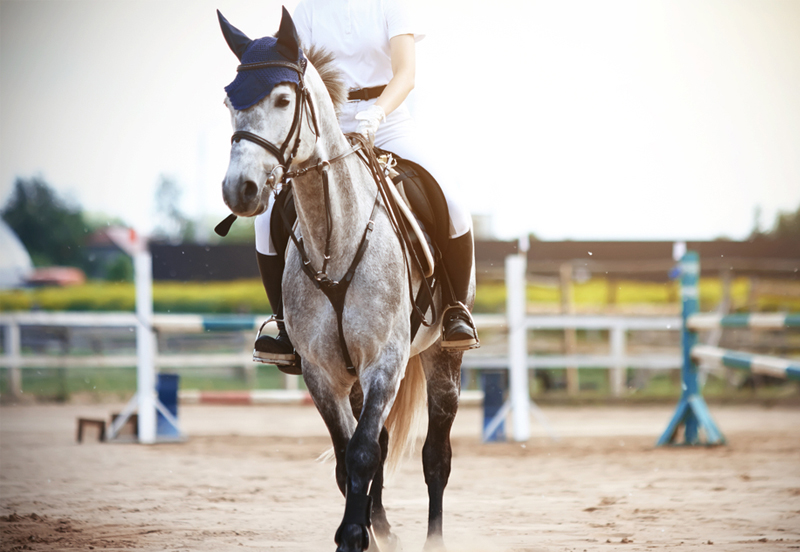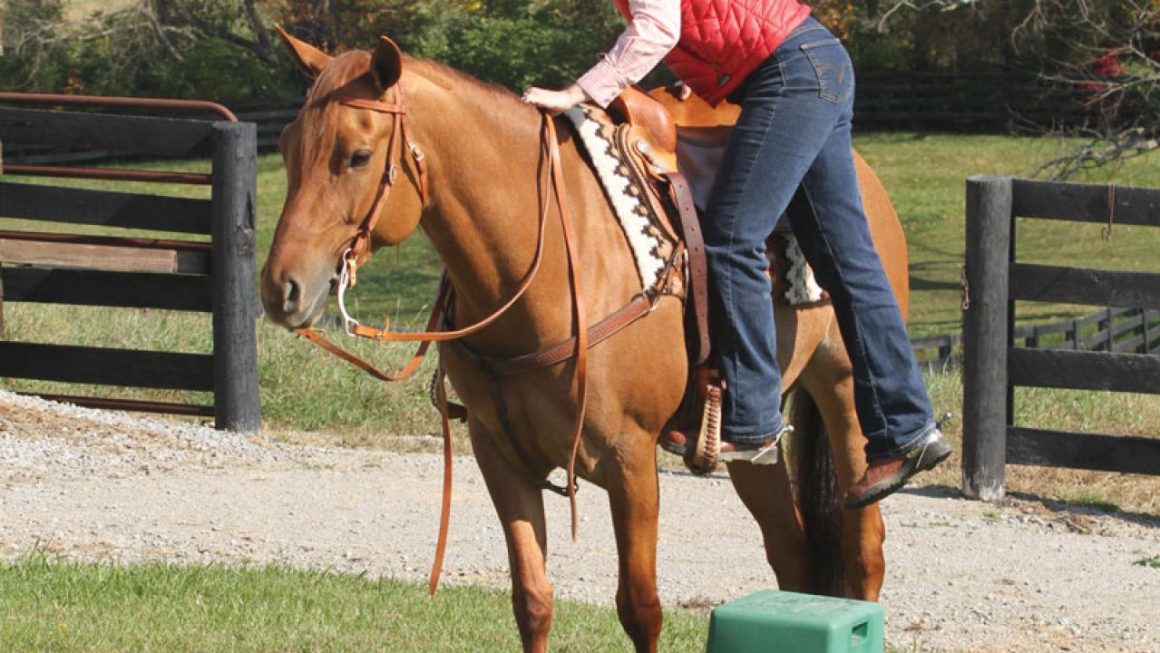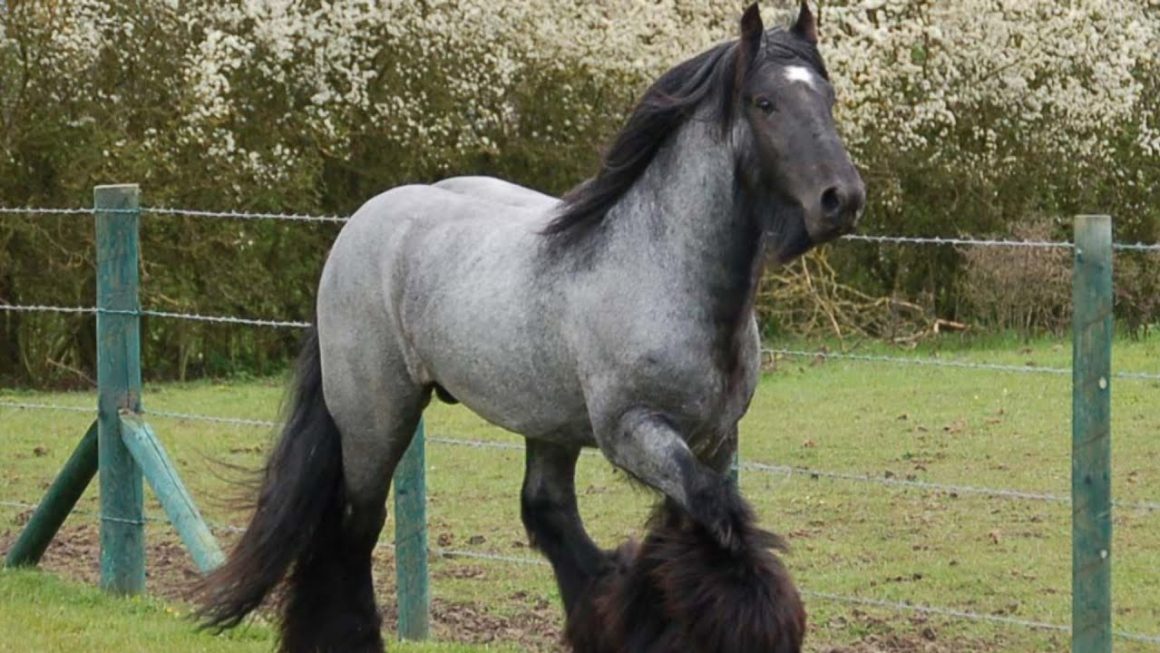- Horses partake in both slow-wave sleep and REM sleep but do not require as much REM sleep as humans.
- Equines have the unique ability to sleep both standing up, thanks to a stay apparatus, and lying down for deep sleep.
- Different factors such as age, environment, and domestication influence equine sleep patterns.
- Health and wellbeing can greatly impact how horses sleep, with sleep disorders being significant issues in some cases.
- Understanding equine slumber is crucial for the proper management and care of horses.
Understanding how horses sleep is not just a curiosity—it’s essential for ensuring their well-being and managing their care effectively. Horses have unique sleep patterns and requirements that bear exploration. So, let’s delve into the secrets of equine slumber and understand just how horses sleep.
>> SEE MORE:
- How Long Can a Horse Lay Down Before it Dies?
- Unveiling the Mystery: Discover Exactly How Much Sleep Horses Need for Optimal Health
The Basics of Equine Sleep Patterns
Horses, like humans and other mammals, cycle through stages of sleep, including both slow-wave sleep (SWS) and rapid eye movement (REM) sleep. REM sleep, often associated with dreaming, is considered a crucial aspect of a restful slumber. However, horses do not require as much REM sleep as humans; they only need a few minutes of REM sleep scattered throughout a 24-hour period to fulfill their needs.
The Mechanics of Slumber in Equids
One fascinating aspect of horse behavior is their ability to sleep while standing up. This is made possible by a unique arrangement of muscles and ligaments known as the stay apparatus, which allows them to relax without collapsing to the ground. This trait is particularly useful for wild horses, providing the ability to quickly escape from predators even after dozing off. Nonetheless, for the deep, REM stages of sleep, a horse must lie down, as REM sleep requires a certain level of muscle relaxation that cannot occur while standing.
Factors Influencing How Horses Sleep
Age and Sleep
Age is a significant factor that impacts equine sleep. Foals sleep much more than adult horses, often lying down to do so, which is critical for their development. As horses get older, the amount of time they spend sleeping might decrease, and their ability to rest comfortably can be affected by health issues or the stiffness that comes with age.

Environmental Effects
The environment also influences how horses sleep. Domestic horses are more likely to have their sleep patterns disrupted due to stable confinement, irregular feeding times, and the stress of being isolated from other horses. Wild or pasture-kept horses tend to adhere more closely to natural sleep rhythms.
Domestication and Sleep Disturbances
Domestic horses might also suffer from sleep disturbances that can lead to sleep deprivation. This lack of sleep can manifest in various behavioral and health issues. It is important for horse owners and caretakers to recognize the signs of sleep deprivation, which can include an inability to stay lying down for extended periods or repeatedly collapsing onto the ground.
Horse Sleep and Health
Equine slumber is closely linked to their overall health. Various medical conditions can disrupt horses’ sleep, such as pain from arthritis, digestive discomfort, or general illness. Moreover, just as in humans, horses can develop sleep disorders that require veterinary attention. Ensuring a horse has a comfortable and safe environment to lie down, minimizing stress, and maintaining regular veterinary care are all vital for facilitating healthy sleep patterns.
Understanding and Managing Equine Slumber
For horse owners and enthusiasts, it’s essential to gain insight into the slumber habits of these majestic creatures. Recognizing the subtleties of their sleep needs aids in managing their schedules, training, and overall well-being. A well-rested horse is more likely to perform better, show a more pleasant demeanor, and maintain overall better health.
A deeper understanding of equine sleep reminds us of the delicate balance these animals maintain with their environment and their reliance on humans when domesticated. We must endeavor to create conditions as close to their innate needs as possible, which includes providing opportunities for undisturbed rest and the ability to lie down for REM sleep.
Whether managing a stable of competitive racehorses or caring for a beloved family pony, understanding how horses sleep is a fundamental aspect of equine care that should never be overlooked. Taking the time to observe and accommodate their natural sleep behaviors not only results in happier, healthier horses but also enhances the special bond between humans and these remarkable animals.



